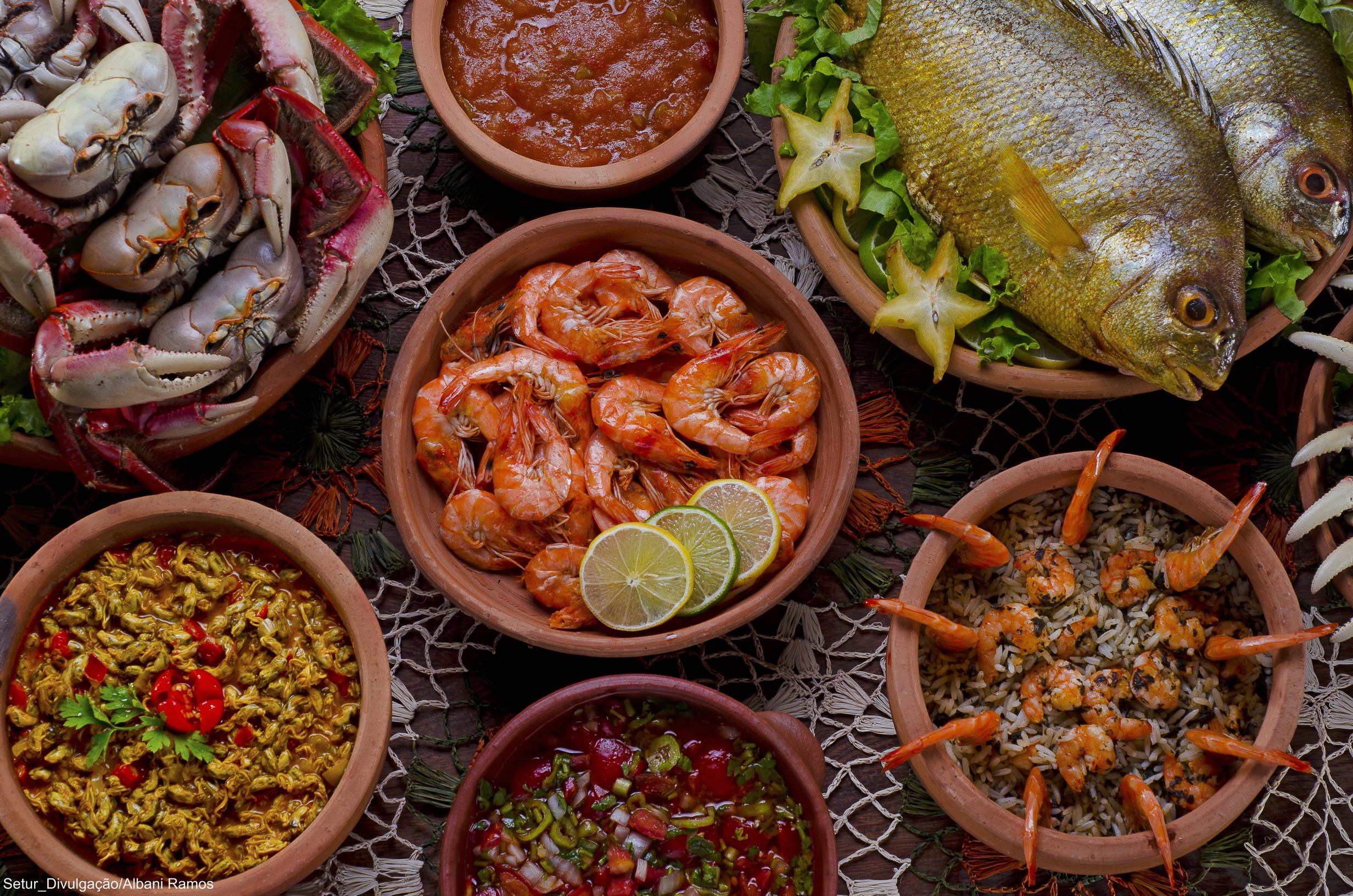São Luís invites you on a tour full of devotion, history and culture through its African religious temples. In this experience, visitors have the opportunity to delve into the history of the city’s ethnic formation, discover the mysteries and feel all the energy that these sacred places emanate.
Having its history as a city inscribed through the heritage of different peoples, including Africans, São Luís is home to a large number of terreiros and Afro religious houses. Here, they multiply into hundreds spread throughout the capital, and some of them, given their historical and precursor importance, have also become visiting points for tourists:
House of Mines
In the Historic Center region (Rua São Pantaleão), Casa das Minas (@casadasminasgegema) emerges as a Mina drum temple that transcends its religious nature, becoming a portal to the history, culture and spirituality that shaped São Luís to the over the centuries.
Installed in a property now listed by the National Historical and Artistic Heritage Institute, Casa das Minas was founded by Maria Jesuína, an African woman enslaved in the 1840s. And it is a true architectural treasure, made up of two mansions and a protected yard.
With a unique matriarchal tradition, only women rule and can be possessed by voduns, deities worshiped in the house. The “come”, a sacred area at the heart of the House, is only accessible under strict requirements, providing visitors with an authentic and transformative spiritual experience.
Both places open their doors to visitors, providing those interested with the unique opportunity to witness and experience traditional religious practices and their physical spaces.
Fanti-Ashanti House
Located in the Cruzeiro do Anil neighborhood, 13 kilometers from the Historic Center, this religious house is considered a sacred space of Candomblé and Tambor de Mina. Founded in 1954, under the leadership of babalorixá Euclides Menezes Ferreira and Mãe Isabel de Xangô com Oxum, Casa Fanti-Ashanti is a reference in Brazil and beyond its borders, enriching the nation’s cultural and religious heritage.
This house of worship from the Jeje-Nagô nation keeps the flame of African culture and religion alive, preserving rituals and beliefs that date back to the Fanti and Ashanti peoples of the ancient Gold Coast, now Ghana. In addition to the Tambor de Mina and Candomblé rituals, Casa Fanti-Ashanti (@casa.fanti.ashanti) celebrates festivals dedicated to various entities, incorporating elements of pajelança, popular Catholicism and local folklore
How to live this experience in São Luís?
Anyone wishing to visit these places can check the schedule of celebrations open to the public on the religious houses’ own communication channels on social media. An option is also to contact the Tourist Assistance Center (CAT), which, in addition to providing information, can help with access to this experience.
Another way to visit the terreiros during your stay in São Luís is through the Quilombo Cultural Route. This tourist experience offered by the Municipal Tourism Department of São Luís, takes place once a month, and includes visits to two terreiros located in the largest Urban Quilombo in Latin America: Terreiro Ylé Ashé Obá Yzôo (@oba_yzoo) and Terreiro Ilé Ashé Ogum Sogbô (@ileasheogumsogbo).
A unique opportunity to connect with the deep roots of Afro-Brazilian culture, delve into spirituality that transcends time and appreciate the richness and diversity of traditions present in São Luís.




